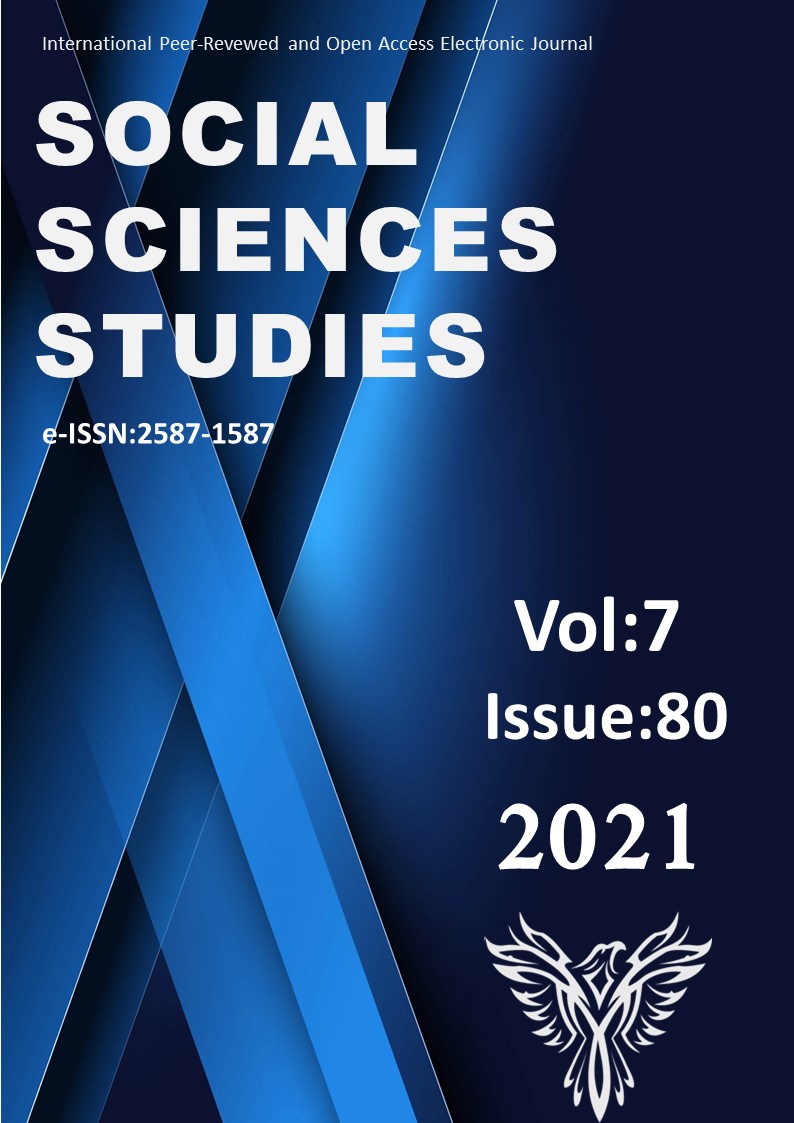Author :
Abstract
Sosyal medya, gücü ve etkin konumu sayesinde, sadece günlük hayatı değil, kamusal alanı da etkilemektedir. Bu durum özellikle kadına karşı şiddet olaylarında kendini göstermektedir. Sosyal medyaya yansıyan bir saldırı haberi yargıyı da harekete geçirmekte, fotoğraf ve video gibi görsel malzemelerin de kanıt olarak dosyaya girmesiyle, şikâyet veya soruşturmada önceleri “basit yaralama” olarak kayda geçen bir olay, zincirleme tepkiler sayesinde bir anda farkındalık oluşturarak toplumsal bir olay haline dönüşmektedir. Özellikle ilk soruşturmayı yürüten savcılar genellikle saldırganları serbest bırakmakta, ancak olayın sosyal medyaya yansımasından sonra zanlılar tekrar savcılığa çağrılmakta, çoğu kez de tutuklanmaktadır. Bu sürecin aktif bir unsuru olan sosyal medyanın adalet kurumlarını bu derece etkilemesinin ve yönlendirmesinin izdüşümünde pek çok neden vardır. Bunlardan en önemlisi, yargı kurumunun ve yasaların akıp giden hayatın gerisinde kalması sayılabilir. Sosyal medyanın örgütlenmeye elverişli, interaktif ve paylaşımları anında çoğaltan gücü karşısında “manuel” işleyen adalet mekanizması ağır kalmaktadır. Bu çalışmada, sosyal medyanın gündemdeki olaylara müdahale ederek yargıyı harekete geçirmesinin nedenleri ve sonuçları iletişim sosyolojisi açısından irdelenerek, bazı örnek olaylar analiz edilecektir.
Keywords
Abstract
Thanks to its power and effective position, social media affects not only daily life but also public sphere. This situation manifests itself especially in violence against women. The news of an attack on social media also triggers the judiciary, and with the inclusion of visual materials such as photographs and videos in the file as evidence, an incident that was previously recorded as a "simple injury" in the complaint or investigation suddenly creates awareness and turns into a social event thanks to chain reactions. In particular, prosecutors conducting the initial investigation usually release the attackers, but after the incident was reported on social media, the suspects are summoned to the prosecutor's office again and are often arrested. There are many reasons why social media, which is an active element of this process, affects and guides the justice institutions to this extent. The most important of these is that the judiciary and laws fall behind the flowing life. In the face of the power of social media that is convenient for organization, interactive and instantly increases the posts, the justice mechanism that operates “manually” remains cumbersome. In this study, some case studies will be analyzed by examining the reasons and consequences of social media's intervention to the events on the agenda and mobilizing the judiciary in terms of communication sociology.





